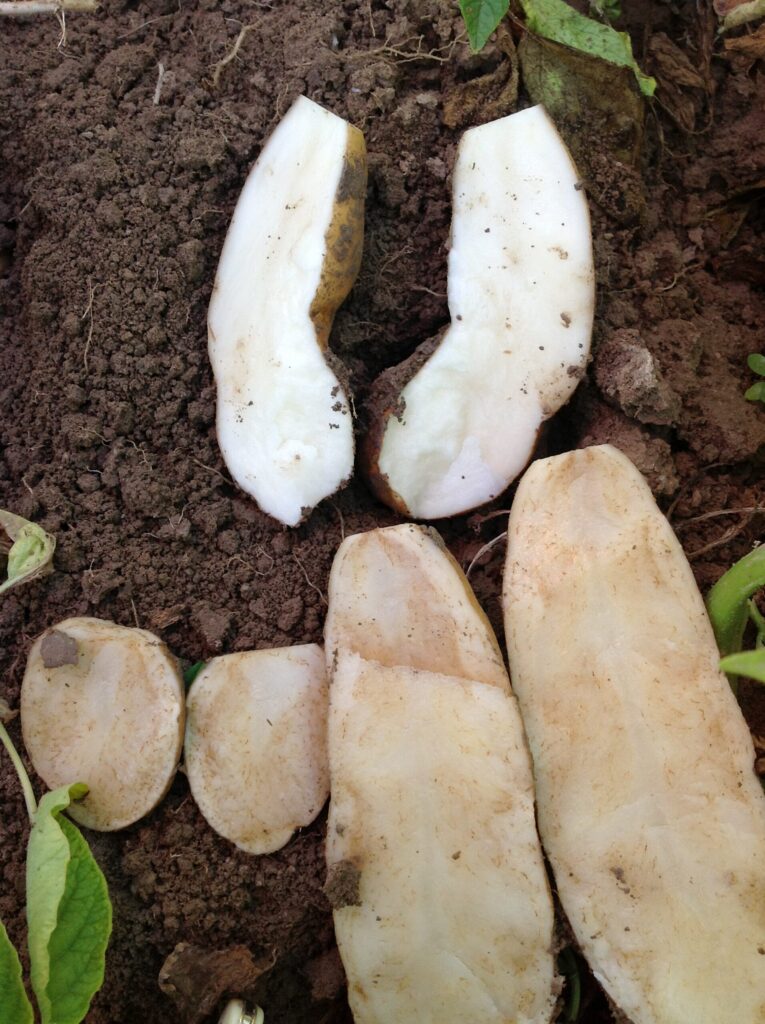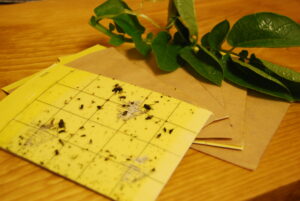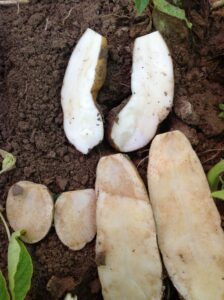
Program keeps close eye on psyllids
For a second consecutive year, a University of Idaho (U of I) pest monitoring program trapped relatively few potato psyllids in Idaho spud fields during 2023, but slightly more psyllids than normal harbored the bacterium that causes zebra chip disease, which affects potato crops.
“Zebra chip was observed to some extent in the field, but I have not heard of any major disasters,” said U of I entomologist Erik Wenninger, who oversees the potato psyllid monitoring program.

Potato psyllids are tiny, winged insects that can transmit the Liberibacter bacterium, which causes zebra chip in spuds. In addition to affecting plant health and reducing yields, the disease creates bands through tuber flesh that darken when fried, rendering the infected potatoes unmarketable for aesthetic reasons.
U of I posts average psyllid counts and positive tests for Liberibacter by region throughout the growing season at idahopestmonitoring.org, which is a new central hub for university pest monitoring programs. The site also includes data from aphid monitoring in northern and southern Idaho, as well as results of a fungal spore trapping network.
During the 2023 growing season, psyllid numbers spiked from mid- to late August. Counts were highest in the Treasure Valley, peaking at just over 0.6 psyllids per trap. Psyllid counts reached just under 0.1 psyllids per trap in the Magic Valley, and there were no psyllids captured in eastern Idaho.
About 6% of all psyllids captured during the season tested positive for the bacterium, compared with about 1% during most years. Though more psyllids were captured during 2023 than in the prior year, 22% of psyllids trapped in 2022 tested positive.
Zebra chip first surfaced in the Pacific Northwest in 2011. During the following growing season, U of I Extension, working with an ad hoc group of industry officials and other stakeholders, launched a comprehensive annual monitoring program.
The program places yellow sticky traps in potato fields throughout the state and tests any captured psyllids for the presence of the bacterium to alert growers.

U of I works with crop consultants and processors who collaborate with their growers to have sticky traps set on the borders of 70 to 100 fields.
Psyllids arrived in large numbers in 2012, and 28% of them tested positive for Liberibacter.
Disease pressure has been much lower since 2012, and the stakeholder group chose to scale back its monitoring program beginning in 2018. For example, the duration of psyllid trapping and testing has been shortened by several weeks, and the number of sticky traps they set out has been reduced.
The Idaho Potato Commission covers the roughly $30,000 cost of potato psyllid monitoring and testing.
“I think given the potential for disasters, which we did see in other years and other growing areas have seen, the relatively small cost of the monitoring program is worth it,” Wenninger said. “A lot of growers use our monitoring program to make insecticidal decisions. The biggest benefit is if they don’t see psyllids and bacterium, they can hold off on insecticides. Without the information, they may tend to spray just in case.”







